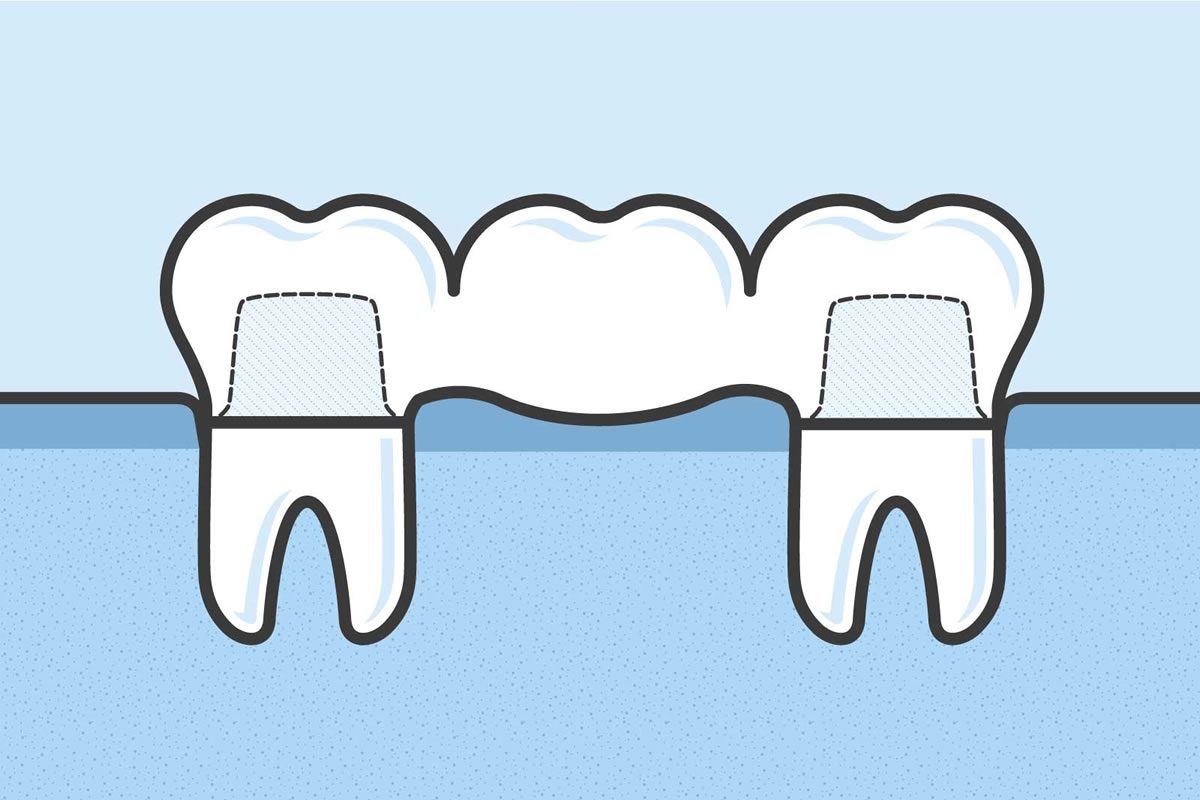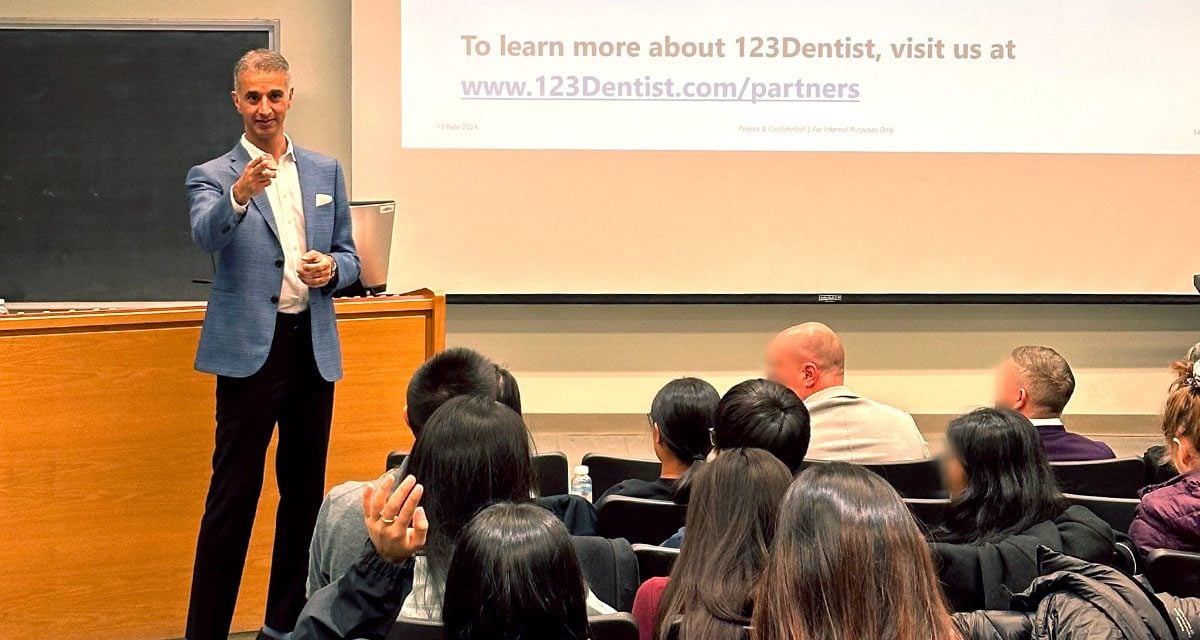If you have recently lost your tooth, whether due to an injury, medical condition, or natural causes, you may be wondering what your options are to restore your smile. A missing tooth can create an unsightly gap, but it’s often more than a cosmetic problem. You could also experience pain when chewing, discomfort in your jaw, or other problems that are caused by a change to your bite.
One of the most common solutions to this problem is having a dental bridge placed in your mouth. If you haven’t gone through this procedure before, it’s helpful to understand the process and what to expect.
What is a Dental Bridge?
A dental bridge is a solution when you have lost a tooth, or when you have a gap that is causing your other teeth to become loose. This replacement tooth will fill in the space where something is missing, creating a natural appearance while helping to restore the tooth.
There are four main types of bridges, and your dentist will determine which is the right option for your situation. A traditional bridge is the most common type, which includes one or more fake teeth held in place with crowns. These crowns are cemented to the teeth surrounding the tooth that is missing.
Another option is a cantilever bridge, which is supported by a crown on only one side. If you only have one tooth next to your missing tooth, you can still have this type of crown secured to your mouth. Maryland bridges offer a more conservative approach, using porcelain or metal framework to hold the fake tooth in place. These bridges aren’t as strong as those cemented in, so teeth that have a lot of biting force won’t be able to hold up with a Maryland bridge.
The final type is an implant-supported bridge, which is often used when you have more than one tooth that is missing. These bridges are held in place by implants, which are secured to your jawbone for maximum stability. Most dentists will place one implant for each tooth that is missing.
Dental Bridge Placement
The placement of a dental bridge is not a surgical procedure, so you will stay awake throughout the treatment. However, if you’re nervous or uneasy about the thought of going through it, your dentist can provide mild sedation to help you relax and feel more comfortable. Your dentist will also numb the area of your mouth with local anesthetic by injecting medication directly into your gums. This is usually prefaced by the use of topical numbing jelly, placed on your gums to minimize the discomfort of the shot.
The first step in placing a dental bridge is taking imprints and measurements of your mouth. This ensures that your custom-made bridge will fit properly and feel comfortable. You will likely have to bite down on a soft piece of foam to create the imprint. If needed, your dentist may place temporary crowns if your teeth are compromised, offering protection as you wait for the bridge to be created. During your procedure, any temporary crowns will be removed and the dentist will apply the cement that holds the bridge in place.
Pain Level During and After the Procedure
During the procedure, you shouldn’t feel sharp pains because of the use of local anesthetic. However, you will have to keep your mouth open for up to several hours, so you may feel some discomfort or soreness in your jaw. Over-the-counter pain relievers will typically resolve the issue. You can also place an ice pack on the outside of your jaw.
Recovery
One of the best things about a dental bridge as a treatment option is that the recovery is very minimal. In fact, you can typically eat normally as soon as the bridge has been placed in your mouth. Most patients have no trouble adapting to the bridge, but if you do feel any pain, you could have a rough patch on the bridge that your dentist can fix by performing an adjustment.
Benefits of Dental Bridges
Dental bridges offer a number of benefits. This simple procedure provides an appealing cosmetic result that eliminates the space and creates a uniform, beautiful smile. When you have one or more missing teeth, you can also suffer from problems with biting and chewing. Replacing the teeth with bridges will eliminate any problems you might experience when you’re eating. Your speech can also be impacted by a missing tooth, so filling it in with a fake tooth will allow you to speak normally.
With the right treatment, a missing or damaged tooth doesn’t have to impact the look of your smile or the overall condition of your mouth. Dental bridges offer a number of advantages, so if your dentist recommends this treatment for your condition, it’s an excellent option.




 December is finally here, and if you’re not already hyped about the holidays, you’re about to […]
December is finally here, and if you’re not already hyped about the holidays, you’re about to […]

